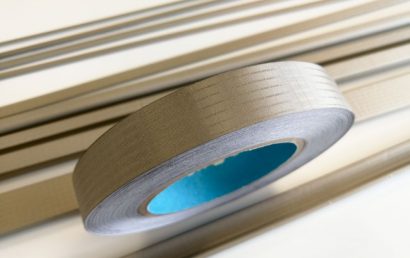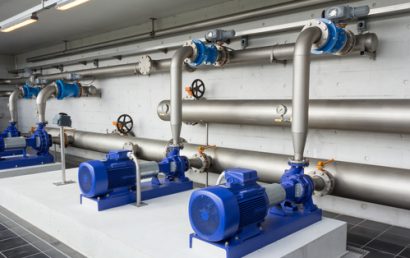5 Different Kinds Of Chemical Resistant Coatings Explained
Chemical resistant coatings have become popular over the years as more people demand them. The coating serves as protection against harsh environments and external interactions. These chemical resistant coatings are applicable in different industries such as beverage, food, rubber, medicine, and much more.
They are used for protecting industrial equipment like pumps, valves, and tanks from exposure to acids and alkalis. There are different types of coatings; here are explanations for a few of them:
Epoxies
Epoxies are made up of a curing agent and an epoxy base. They have different properties, and you can derive each by combining the components. Combinations of these components can form the following:
- Epoxy polyamide for excellent resistance to moisture
- Epoxy mastic for good film thickness
- Phenolic epoxy for great chemical resistance
Since this coating is highly versatile, it is applicable as a topcoat, intermediate coat, or primer, depending on the use. However, there are limitations, including poor performance under sunlight. This explains why they are mostly used indoors or in submerged places. For example, nuclear power plants and wastewater treatment systems are mostly protected with epoxies.
Polytetrafluoroethylene
Polytetrafluoroethylene is a moisture-free film lubricant widely used in cookware appliances, pipe liners, bearings, and pumps. This coating type is characterized by its high melting point, excellent chemical resistance, and slippery surface.
Polytetrafluoroethylene is highly applicable in non-stick items with a thin film; however, it is not advisable for use against strong alkaline chemicals.
Polyurethane Coatings
Polyurethane coatings can be used in different environments and are mostly used to protect custom-formulated industrial primers. They have abrasion resistance and can improve an equipment’s ability to withstand wear and tear. In addition, it protects color from fading and features an attractive finish. These coatings are divided into two categories:
- Aliphatic polyurethane coatings: These coatings have excellent environmental and UV durability. They are mostly suitable for outdoor use.
- Aromatic polyurethane coatings: These products have great resistance to degradation in water; however, they tend to fade in the presence of UV light. Unlike the aliphatic coating, these coatings are suitable for indoor use.
Fluoropolymer Coatings
Fluoropolymers are commonly used as a non-stick coating. However, they can resist chemicals when subjected to a high temperature. These coatings are effective even at high temperatures (570 °F); also, they have high resistance against different chemicals like concentrated sulfuric, hydrochloric, phosphoric, and nitric acids.
Generally, they are used on surfaces with a low friction coefficient. In addition, they are suitable for use in acid plants, fertilizer plants, and oil refineries.
Polysiloxane Coatings
These are the newest type of chemically resistant coatings available on the market; they were introduced in the 1990s. Polysiloxane coatings offer great resistance against abrasion, appearance retention, and weather. However, their flexibility and corrosion resistance are not up to standards for industrial environments.
These coatings can be combined with epoxies to form epoxy polysiloxane coatings. This combination offers industrial-resistant standards against abrasion, chemicals, weather, corrosion, and UV rays. Furthermore, they have better value, last longer, and can be applied quickly. However, they are more expensive than epoxies and polyurethanes combined.




